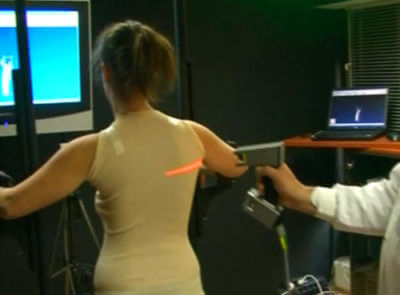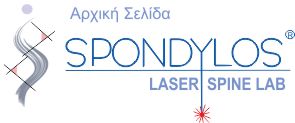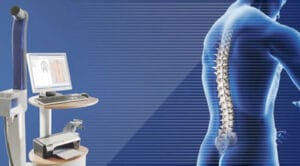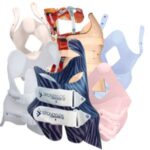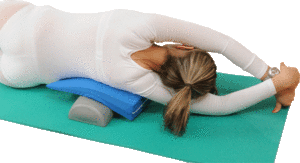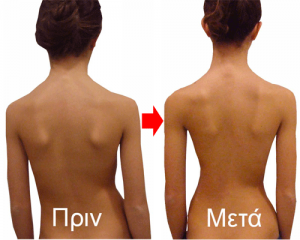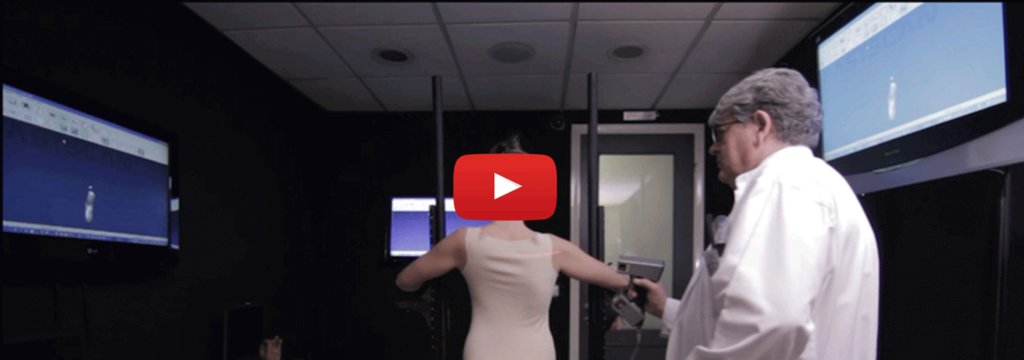
In the past, the scan was done with bulky stably laser scanner, which swept the patient’s body around the body.
However, the weakness of scanning areas such as shoulders and armpits limited the precise transfer of the scanned body.
Also, the Laser Scanner’s portability has prevented its use by people who are in bed or operated.
So far in total, fixed Laser scanner replaced by handheld Laser Scanner.
The goal of the hand held laser scanner is to digitize the surface of the patient’s body for create a CAD-CAM digital mold for the construction of a spine brace.
The patient is scanned wearing a fitting white shirt because the built-in laser beam recorder can not record dark colors, which they perceive as non-existing and carry them to the computer screen as blanks.
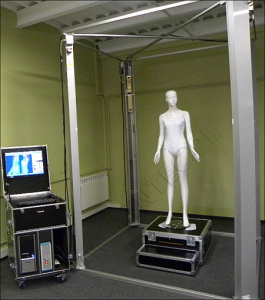
Scanning is done by shifting the laser beam to the patient’s body, while the built-in capture camera transmits in real-time on the computer screen its motion as if it were painting someone with a paint roller, the patient’s body. Finishing the scan file is saved, which illustrates the scanned body.
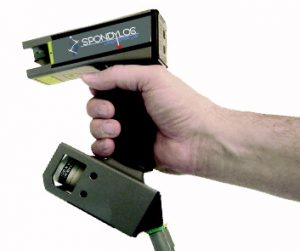
By using a surface correction program, remove the overlays, repeat scans and fill the gaps.The result is the exact three-dimensional scanned body of the patient.
Using the Handheld Laser Pointer, which enables us to map landmarks in our digital mold, such as the position of the anterior upper iliac tangles, the sternum or the navel, we have established fixed reference points for processing the digital mold.
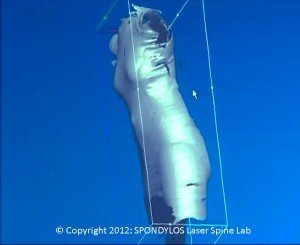
A thin laser beam scans the body and in real time the screen shows the figure of the body to the precision of a hundredth of a centimeter.
- It lasts less than 5 minutes
- It does not generate radiation which is dangerous for the patient
- It does not create psychological problems to the adolescent, as with the old method of applying plaster
